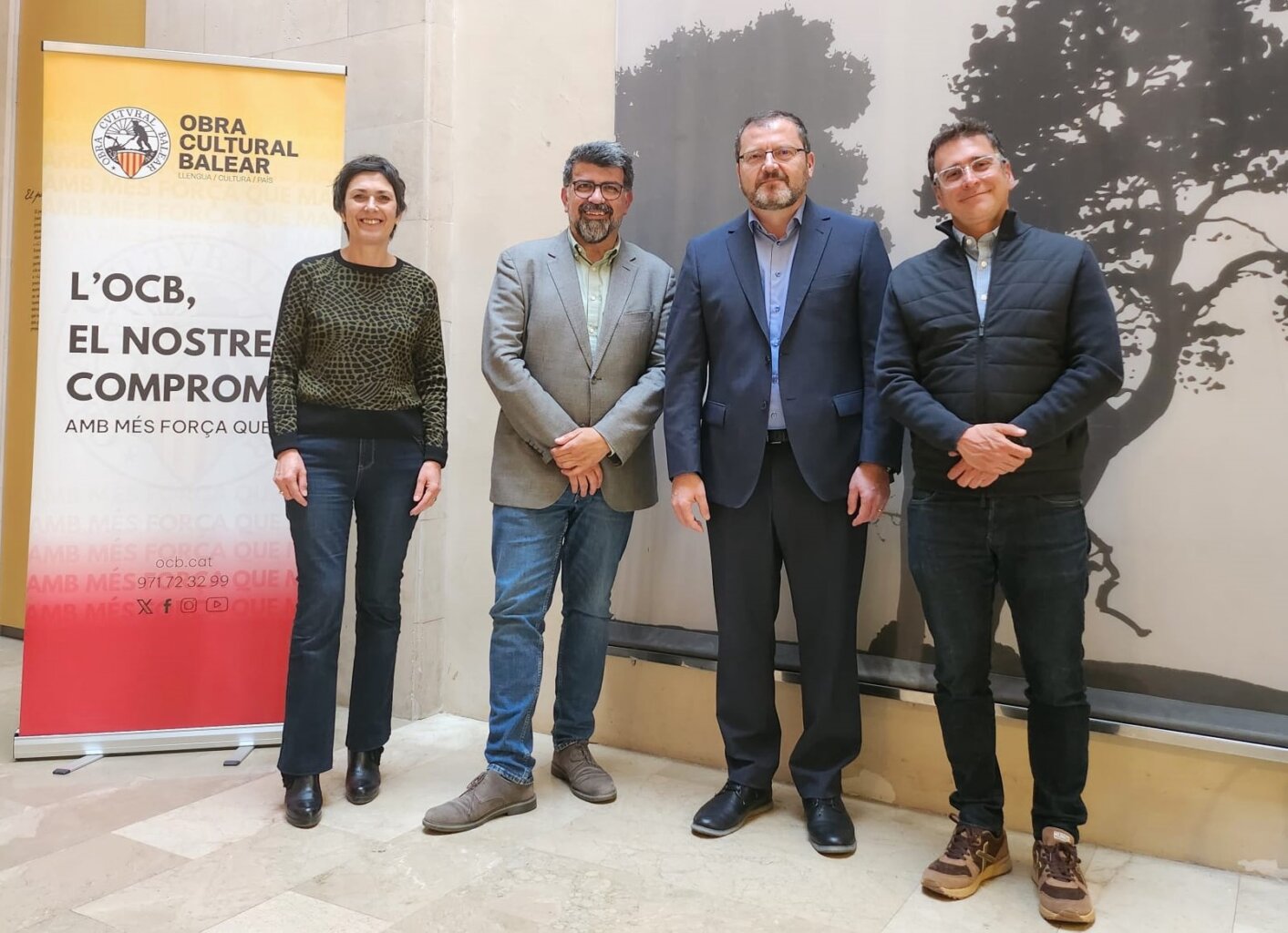“The .cat domain is an identity sign, and we must see it as a step towards the normalisation of Catalonia”

Antoni Palmarola is 66 years old and lives in Barcelona. On a trip to Donostia/San Sebastian, he ran into 31 August street and wondered if all calendar dates had a street somewhere in the world. Four years later, he created cronovies.cat, a website where he collects all street plates with a date name and explains their historical reference.
AntoAntoni Palmarola is 66 years old and lives in Barcelona. On a trip to Donostia/San Sebastian, he ran into 31 August street and wondered if all calendar dates had a street somewhere in the world. Four years later, he created cronovies.cat, a website where he collects all street plates with a date name and explains their historical reference.
How did the cronovies.cat project come about?
I created the website in 2008, but I started my street collection in 2004, when I saw the 31 August plate while strolling through Donostia/San Sebastian. I wondered if all calendar dates had a plate somewhere in the world. At the beginning of its dissemination, one of my brothers made me see that Màrius Serra, at the Avui newspaper, had asked people about street names based on a date and their location. I contacted him and accepted his suggestion to call the website Cronovies. Thus, a street with a date name is called “cronovia” (chronoway) and the street calendar “carrendari”.
What can we find on cronovies.cat?
More than 1,900 pictures of chronoways on the 366 dates of the street calendar. Each chronoway features its link to Google Maps to show the exact location, and each date explains, if I managed to find out, the reason for the plate’s commemoration. At the same time, I have also included streets with the names of months, weekdays and seasons. Another special feature is that it shows all that exist in Catalonia. The databases of streets in Catalonia from the INE (Spanish Statistics Institute) and the ICGC (Mapping and Geological Institute of Catalonia) were a starting point to achieve this. The few that are missing either do not have a plate or are new ones referring to 1 October, which I have not yet had the chance to photograph. Cronovies also features a blog and a statistical section.
We see that you mention streets from all over the world. Do you have a partner to find these plates?
Indeed, there are chronoways from 49 countries, but this has been a milestone that has been reached thanks to the collaboration of many people. When I travel, I always prepare the chronoways I may find and I have, in fact, incorporated a very high percentage, but there are regular collaborators who are highly aware of that, and I really appreciate their thinking about it. I have asked for many of them at the City Councils, which have mostly offered their help. I would like to mention Nicodos, a collaborator from Argentina, who has sent me more than 450, and also that the street calendar was completed thanks to the complicity that was established with a French youth organisation, with roots throughout Europe, which wanted to have an exhibition featuring a picture of each day of the year. We exchanged our information, and they were better able to get people moving in order to find the dates missing.
Did you have computer training before creating websites? When did you learn to do it?
I have worked as a computer technician since I was young, but I have never created websites before. I considered it a leisure activity, when I retired.
Many people use social networks to set up a profile for their projects. No matter if it is a Facebook, Instagram or Flickr page, among others.
Why did you choose to create a website project?
It was clear to me that a photo collection of street plates on my computer would go unnoticed. I had to make it visible. I could upload the pictures on Flickr, but to be able to view the collection as a calendar this did not seem the most appropriate option. Hence, I thought a website would be the most suitable thing to do it.
We know that you also manage the palmarola.cat website, what can we find there?
Palmarola.cat is a website about everything referring to my surname. I mean by that the surname’s possible origins, family trees, places bearing this name, public figures of some renown with this surname and objects that bear it as a brand.
Do you plan to launch any other website?
Yes, I do. Maybe a more playful one. But, for now, I prefer not to reveal anything.
Why did you choose the .cat domain for your websites?
It is our domain. It is an identity sign, and we must see it as a step towards the normalisation of Catalonia. We have to use the tools that are available to us as an example of our commitment to move on. Without any complex whatsoever.
I also see that you have an email account with the .cat domain. What made you decide to change to a .cat email?
The thrill and pride of being able to feature our own Catalonian sign. Disclosing that you live in a particular street may not tell us a great thing; if you live in Sants or in Gracia, or that you are from the Bages region, to name just a few random examples, make many people feel proud, as this has been where they have spent an important part of their lives, while getting to love their people and habits. I had an address of the operator of that time and identification was effective, but of a foreign nature. A .cat domain offered me this extra feature of belonging, while guaranteeing the same benefits. I had no doubt about it, and this has happened more than 12 years ago.
There is a story behind each .cat domain. Go to lacomunitat.cat and find out more. What about you, do you already have a .cat domain?


